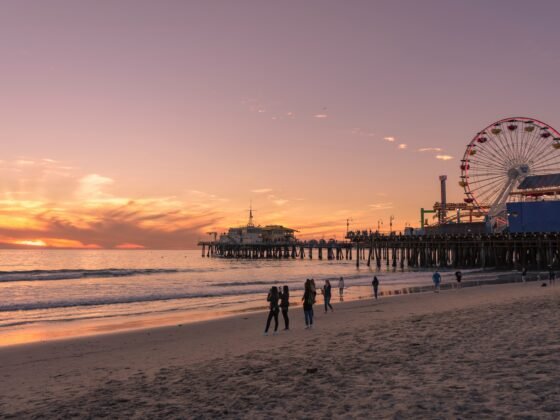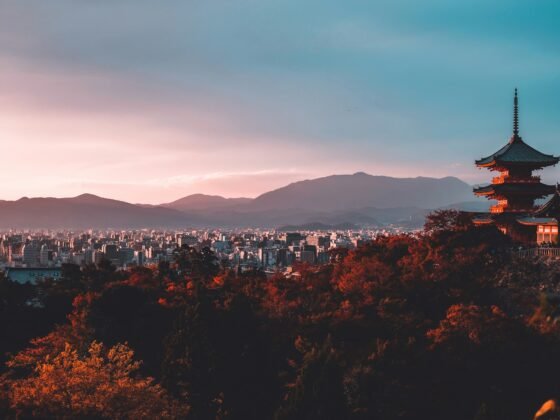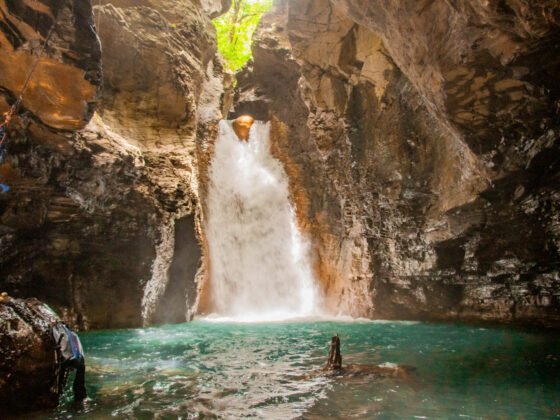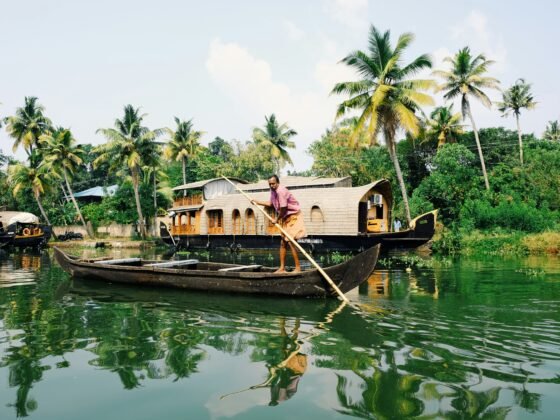Berlin is a city where the past weaves into modernity in a most enthralling manner. On one hand, the city is filled with monuments and fascinating museums that testify to its long and tumultuous history; on the other, it draws people in with its remarkable open and creative atmosphere, offering endless cultural attractions. Its varied and dynamic artistic scene, coupled with a culturally diverse culinary offering, creates a unique blend that captivates and intrigues. Discover practical tips for exploring Berlin to fully experience the unique vibe of Germany’s capital.
What to see in Berlin?
Dominating the city’s skyline is the Fernsehturm, or TV Tower, one of Berlin’s most iconic symbols. 368 metres high, it’s also worth visiting from the inside. The observation deck at 203 metres offers panoramic views of the surrounding area. Nearby stands the neo-Renaissance Red Town Hall, with its distinctive brick facade from which it derives its name, currently, as it has for most of its history, it serves as the seat of the city’s government.
Close to the tower is the Museum Island, a unique UNESCO World Heritage site complex. Here, you can explore the wealth of collections housed by the Pergamon Museum, the Bode Museum, the Old National Gallery, as well as the Old and the New Museum. Each offers a different perspective on cultural heritage and the evolution of civilization. Worth visiting is also the nearby Berlin Cathedral, combining Renaissance and Baroque architecture.
Leaving the island, you’ll find yourself on Unter den Linden, one of Berlin’s most famous boulevards. Lined with historic buildings, including the prestigious Humboldt University – the cultural and intellectual heart of the city. Further down this boulevard, you’ll reach the Brandenburg Gate, a symbol of German unity. For centuries, it has witnessed key events in the city’s and the country’s history, now serving as a venue for meetings and state ceremonies.
Berlin dark history – following 20th century regimes
Berlin’s history is long and complex. Many visit it to learn more about the city’s most difficult chapter – the rise of Hitler and World War II. A walk through the city can be a lesson on the impact of totalitarian regimes and their consequences.
Near Humboldt University is Bebelplatz, where in 1933, thousands of books by censored authors were burned by the Nazi authorities. The Holocaust Memorial, comprising 2,711 concrete slabs (a reference to the number of pages in the Talmud), commemorates the victims of the Holocaust. A notable stop on such tours is also the site of Adolf Hitler’s bunker, where the Nazi leader committed suicide.
After WWII, Berlin became a focal point in a bipolar world. The Berlin Wall, which for nearly 30 years divided the city into West (FRG) and East (GDR), is now adorned with dozens of murals. For those interested in this period, Checkpoint Charlie, one of the border crossings between the two sides of the city, is a must-visit. In 1961, it was the scene of a dangerous escalation of tensions, nearly leading to another military conflict.
Free walking tour the best way to explore Berlin
Over the last decades, Berlin has developed a unique and complex cultural space. As a multifaceted city, it’s challenging to fully grasp in just one visit. The best way to do so is to walk around with a local guide who knows the city well and can reveal the most important and interesting stories and information. Some of the best guides in Berlin can be found on walks organised by Walkative! These Berlin free walking tours are perfect for families, couples, and small groups of friends. The price for the tour isn’t set in advance; it’s up to each participant to decide how to pay the guide for his or her work.
Photo by S. Widua on Unsplash












